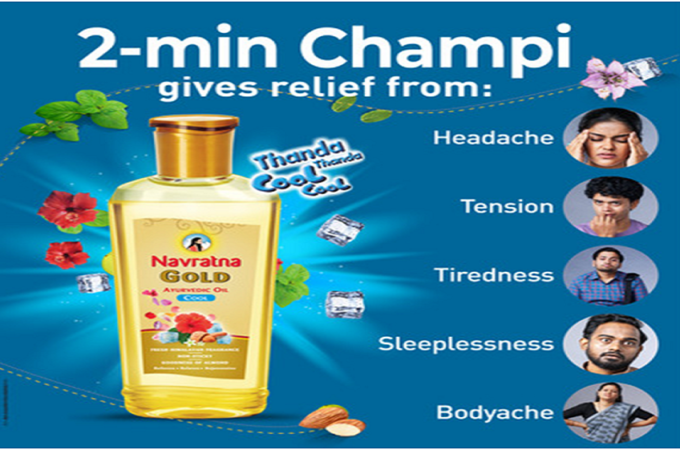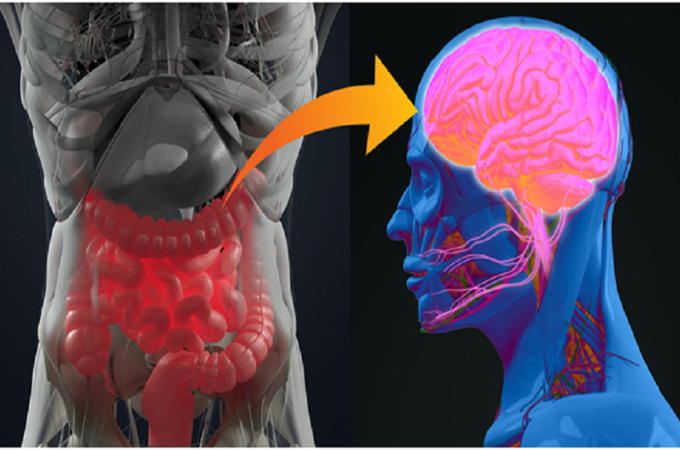
Ten mistakes not to make when caring for an infected joint prosthesis in orthopedics
Infections after the placement of a joint prosthesis in orthopedic surgery are rare but the consequences are serious. Adequate and standardized care from the onset of the first signs can considerably reduce the impact of this dreaded complication. In the absence of clearly established guidelines, errors are regularly made, making treatment more difficult. In this article, ten frequently encountered errors, affecting both the diagnostic side as well as the antibiotic therapy and the surgical aspect will be exposed.
Introduction
The installation of a total joint prosthesis is today a standardized operation which improves the quality of life of patients suffering from disabling osteoarthritis. 1 Despite progress in perioperative antibiotic prophylaxis, the use of cement loaded with antibiotics, or the modernization of operating techniques, implants and operating theaters with in particular the introduction of laminar flow, the rate of infections after arthroplasty remains stable, around 2%. 2.3
The occurrence of a prosthesis infection is a difficult test, both for the patient and for the medical profession and for the entire health system. It is a tragedy for the operated patient and a failure for the orthopedic surgeon. The financial implications of such an infection are major because the direct and indirect costs are multiplied by ten. 4
Correct management of a prosthesis infection from the start determines the success of treatment, increases patient well-being and lowers costs. The aim of this article is to present ten major mistakes that should not be made when caring for an infected prosthesis.
Mistake # 1: ostrich
A patient operated on for a joint prosthesis who presents, on clinical examination, a hot, edematous, erythematous and painful scar is a carrier of an infectious complication until proven otherwise. Unfortunately, faced with such a clinical picture, many doctors tend to minimize, if not ignore, the problem and choose the “ostrich policy”. By not making any decisions, precious time is wasted for the patient.
Indeed, the time factor is important because a biofilm grows 5 to the surface of each infected prosthesis. Over time, it becomes mature and difficult to deal with. 6 It is therefore necessary, at the slightest suspicion of infection of a prosthesis, accept the possibility of a complication and initiate the clinical, chemical, microbiological and radiological investigations which are necessary, in order to exclude or confirm the diagnosis. . By adopting a proactive attitude, we regain control of our quest to eradicate germs and maintain optimal functional results at a lower cost for the patient and society.
Mistake # 2: blind processing
It is inappropriate to prescribe antibiotics blindly at the onset of pericicatricial erythema or new pain felt in the prosthesis. Antibiotics are not anti-inflammatory drugs and should be started only after microbiological samples have been taken. Microbiological documentation is necessary to establish a specific etiological diagnosis and to allow the prescription of an adequate antibiotic treatment. 7 The only exception is of course the patient who presents with a fulminant infection, associated with a state of septic shock.
Mistake # 3: Inappropriate Antibiotic Therapy
Antibiotics have an extremely important place in the management of an infected prosthesis, but their incorrect prescription jeopardizes the success of our treatment. 8
Mistakes can be made in different ways. One of the most classic is the prescription of oral antibiotics at the start of the treatment of an infected prosthesis. If the systemic absorption is poor and the bone concentration of the antibiotic remains low, the local effect on the infection will be insufficient (eg: cephalosporins). 8 Another error relates to the inappropriate use of rifampicin. This drug is currently the most important in the fight against biofilm, 8 because it can penetrate it and thus help to heal short-term infections linked to Gram-positive cocci. Not to use it in a situation of Staphylococcus aureus infection is a fault. However, in view of the risk of rapid development of resistance, rifampicin should not be used as monotherapy or in the presence of a fistula, open wound or a spacer, during the intermediate phase of a two-stage prosthesis change. . 9.10
It is also important to quickly target the antibiotic treatment according to the bacteriological results and to control its duration. 8 Antibiotic therapy that is too long (over three months) or too short should also be avoided. 11
Mistake n ° 4: lack of teamwork
The management of an infected prosthesis requires close collaboration between different partners. The orthopedic surgeon does not have to develop his own cocktail of antibiotics on his own because the choice of the right drugs and their combinations is difficult. It is essential that he works very closely with an infectious disease specialist experienced in the treatment of implant infections.
Conversely, an infectious disease specialist should not suggest surgical treatments to be undertaken to treat an infected prosthesis without really understanding their impact and their importance for the patient and without knowing the different techniques used by his surgeon colleague. He should know that not all joint prostheses should be automatically changed immediately.
It is also wrong to think that drug treatment alone can eradicate an infection of orthopedic prostheses. 2 The biofilm makes sterilization of the implant impossible, even during prolonged antibiotic therapy.
Only teamwork between general practitioner, infectious disease specialist, orthopedic surgeon and microbiologist will provide the best possible results.
Mistake # 5: Inadequate management of soft tissue
Occasionally, soft tissue healing after arthroplasty is problematic and results in scar dehiscence. Its treatment requires rapid management and often coordinated with plastic surgeons, because any prosthesis exposed to the open air is quickly infected and covered with a biofilm. Secondary surgical closure, with revision of the prosthesis if necessary, is always indicated because it is the only way to guarantee a favorable evolution both on the infectious side and on the functional side. However, the persistence of a chronic fistula may be acceptable in patients whose co-morbidities do not allow them to benefit from further surgery.
The negative pressure dressing (for example: VAC) is to be avoided for the treatment, in the medium and long term, of a dehiscence of postarthroplasty scar, because it can lead to superinfections with multiresistant germs. 10 In addition, it does not allow the proper closure and sterile wound, especially if the prosthesis is visible therethrough (Figure 1). In our opinion, this type of dressing can be useful for a very limited period (2-4 days), while awaiting the help of the plastic surgeon for the closure of skin lesions requiring the production of local or free flaps.





